
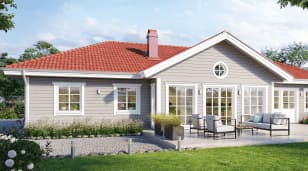
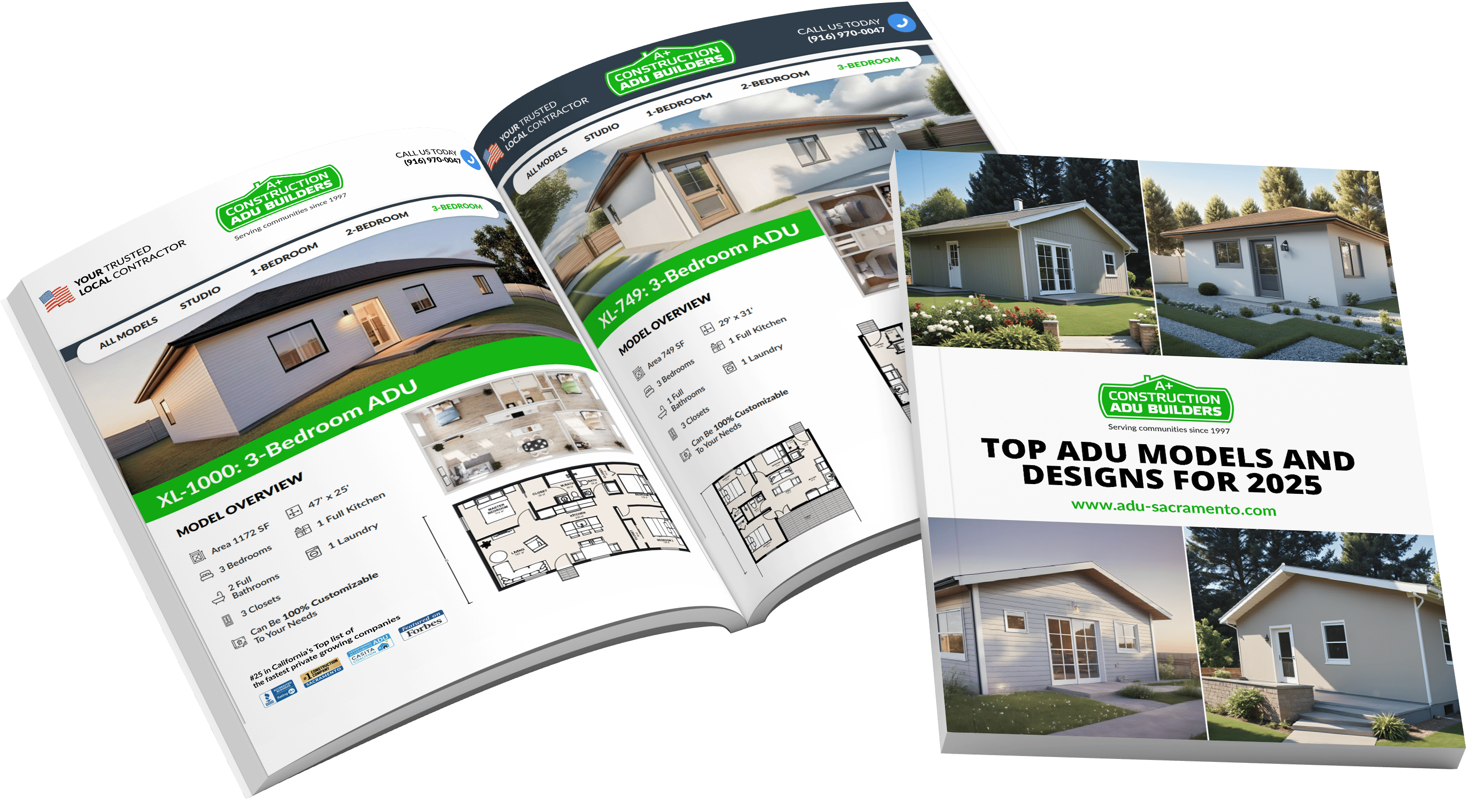


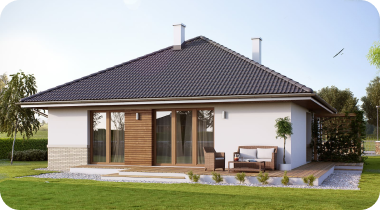
A link to download your FREE brochure will be in your inbox in 3 minutes
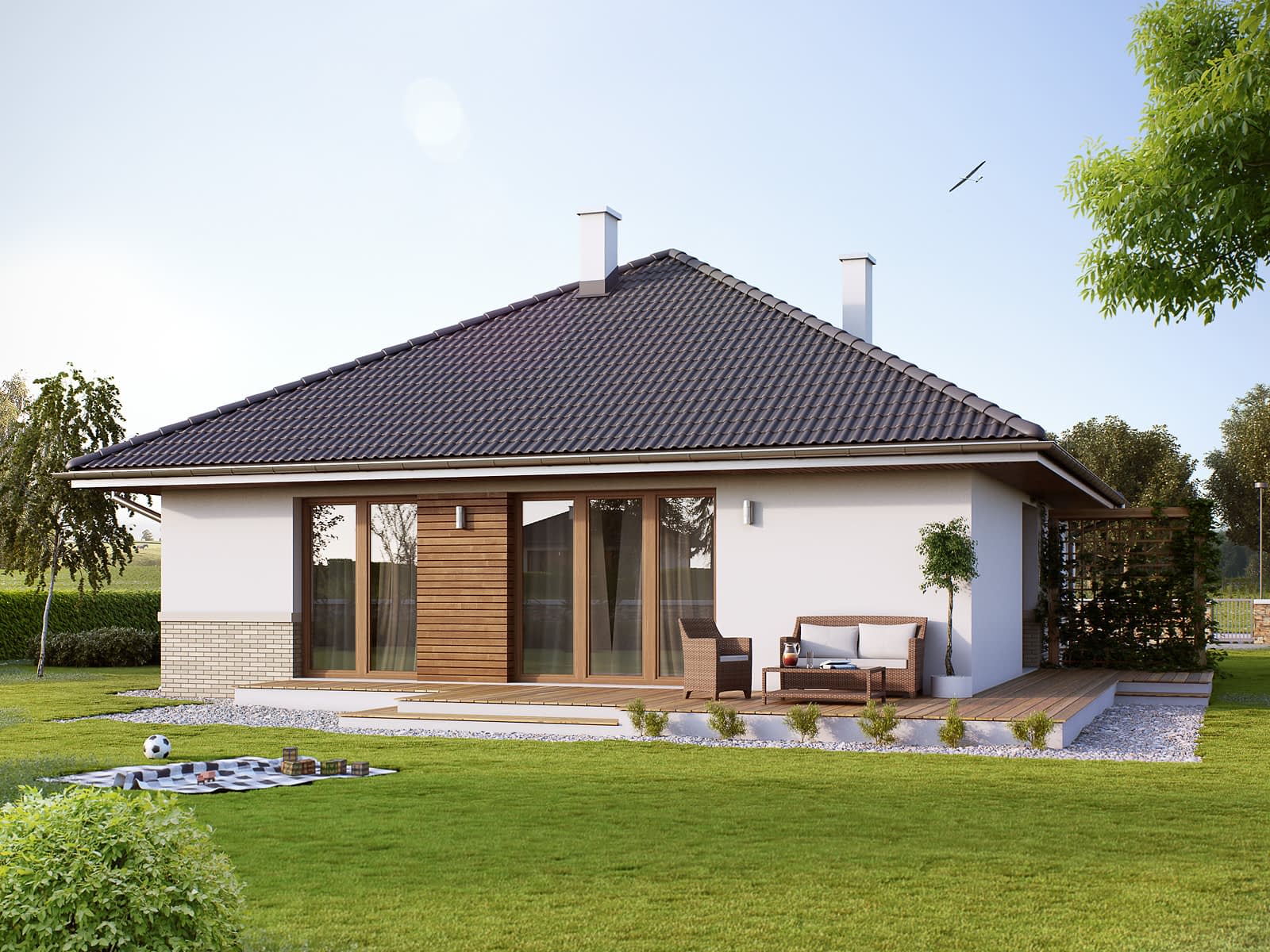


















The final price may vary based on project specifics.
To get a free accurate quote tailored to your needs, book a consultation with us today!

The price per square foot provided is an average and may vary depending on project-specific details such as materials, location, complexity, and other factors. Actual costs may differ from the average provided.
It is recommended to obtain a detailed quote based on the specific requirements of your project.

Please note that the monthly payment displayed on this page is an estimate and is subject to variation based on the selected loan product, applicants credit score, loan amount, and other financial details. Actual monthly payment may differ from the estimate provided.
It is recommended to seek advice from a financial advisor or loan officer to obtain precise payment information tailored to individual circumstances.
 Your Trusted
Local Contractor
Your Trusted
Local Contractor
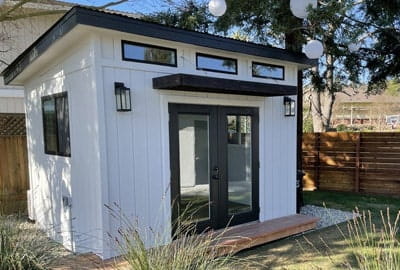
Navigating the intricate world of tiny homes and diving into the plethora of tiny homes designs feels like stepping into a vast collection of architectural styles. Imagine crafting a living space so snug, tailored perfectly to your taste, that every corner, loft, and window reflects your unique vision. With every tiny house plan and tiny home floor plan, there's a story told within each wall, sleeping loft, and even the french doors. Each design decision, from maximizing space in the sunlit sleeping loft bedroom to the cozy corner by the french doors, brims with intention.
In California's landscape, between the vast urban jungles and the tranquil coastal stretches, tiny homes and tiny houses are not just about maximizing square footage. They've become a profound statement.
They serve as a testament to a lifestyle that values a reduced carbon footprint, experiences over excess, connection over clutter, and square footage that emphasizes charm over vast space.
Tiny homes are compact living spaces, often measuring between 100 and 400 square feet. However, they're more than just their square footage. Tiny homes symbolize a movement. A movement that advocates for living in spaces that serve every mood, every need, and where every inch of floor plan matters. This is the charm of tiny house living.
Choosing a tiny home design is more than a decision about square feet or square footage. It's about the essence of the house, the floor plan, and the ambiance you wish to create:
Every tiny house design and tiny house floor plan tells a unique narrative. Key features include:
Absolutely! If construction and creativity are your strengths:
While designing a tiny home can be cost-effective, various factors determine the final cost:
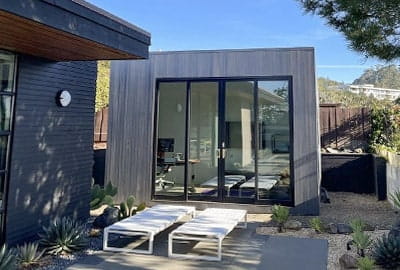
In the California landscape, tiny homes, with their myriad designs and eco-friendly choices, have carved a niche. They merge aesthetics with functionality. So, if you're contemplating downsizing or are just intrigued by these architectural marvels, the world of tiny home designs awaits.
Embracing this movement means redefining what home truly means. As the Californian sun sets, these cozy homes stand as symbols of harmony, combining sustainability with warmth, simplicity with dreams.
With optimal tiny house designs and the right materials lists, a tiny home can last as long as traditional houses. Regular upkeep plays a vital role in extending its lifespan.
How energy efficient are tiny homes?
Thanks to their minimized square footage and sustainable materials, tiny houses are more energy-efficient. Reduced square feet means less space to heat or cool.
Indeed, some tiny house floor plans allow for modular expansion. If maximizing space is a priority, planning ahead during the initial tiny home floor plan phase is crucial.
Many Californians resonate with the essence of tiny house living because it emphasizes reduced carbon footprints, architectural styles, and simplicity. Some even view it as a budget-friendly starter home that aligns with the American dream.
Absolutely. Innovative tiny house plans with features like a family room, sleeping loft, or even two bedrooms can comfortably house a family. Each tiny house design ensures to maximize space efficiently.
While tiny house living promotes minimalism, innovative designs often incorporate storage solutions. For example, loft areas might double as office areas, or cleverly designed furniture might offer hidden storage to compensate for the reduced living space.
Tiny homes, unlike mobile homes, maintain their value based on various factors. The tiny home's design quality, materials, and maintenance can result in the house retaining or even appreciating in value.
Yes, there's a vast collection of free tiny house plans online that cater to different tastes and needs. Some might feature a full kitchen, full bathroom, or even a walk-in closet, while others might emphasize studio space, planter boxes, or French doors.
With the multitude of available tiny home designs and tiny house plans, you can add charm to your space with features like a covered front porch, French doors, or even a front porch with planter boxes. If you dream of a two-story tiny house with a guest house feel, there are tiny home plans to fit that vision.
Yes, a tiny home can serve as an accessory dwelling unit. Given the popularity of tiny houses, more localities are adjusting zoning laws to accommodate them. An ADU could feature a full bath, an office area, and even a studio space.
While the charm of tiny house living is undeniable, there are challenges. Owning fewer belongings is essential, but designs that include features like stairs, loft bedrooms, and windows can help create the illusion of more space. For some, the lack of a separate family room or the limited number of bedrooms can be a challenge, but the right floor plans and design can work wonders.
Tiny homes are generally more cost-effective than traditional homes. The construction and materials costs are usually lower, and the reduced square footage can save on energy costs. Moreover, if you're looking for a budget-friendly starter home, a tiny house might be your best option.
Yes, many tiny house designs incorporate full-sized features. From a full bath, bedrooms, to a full kitchen, the best tiny house plans prioritize functionality alongside aesthetics.
Get a First Look at Real ADU Projects